Trust the Fungus: My Gamer/Moviegoer Perspective on the Original 1993 Super Mario Bros. Movie

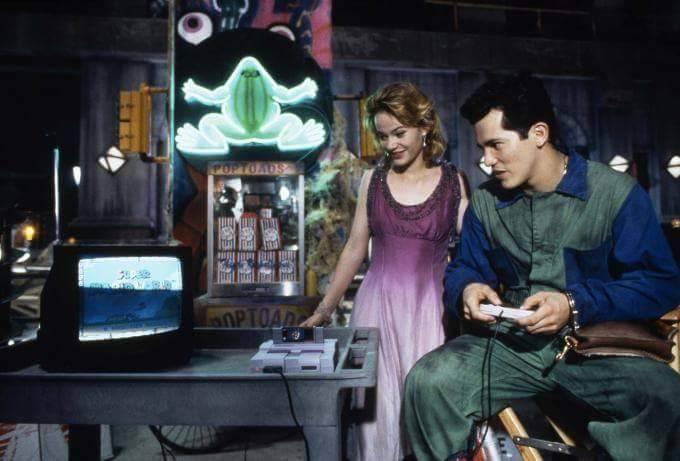
To me, a movie is only "bad" if you don't enjoy it, and I'll always trust the fungus!
"Goomba, walk tall! Be proud! Go, Goomba! Join the Goombas!" - President Koopa, Super Mario Bros.
The original 1993 Super Mario Bros. movie receives lots of hate and ridicule for bearing little resemblance to Shigeru Miyamoto and Takashi Tezuka's seminal 1985 video game masterpiece of the same name, but is the film truly as "bad" as its many detractors make it out to be? I don't think so. After all, cinema is a subjective medium and there's no accounting for taste. True, the movie's dark and gritty tone is a far cry from Nintendo's cute and cheerful flagship franchise, but if one is willing to approach Super Mario Bros. with an open mind and enjoy it for what it is, rather than focusing on what it isn't, it can be a fun and surreal experience. I've always loved this flick since first seeing it at Toronto's long-departed Uptown Theatre as a kid, and I've never been embarrassed to admit it. So, come with me and we'll take a closer look at this controversial video game movie from a different perspective...
Cast and Crew
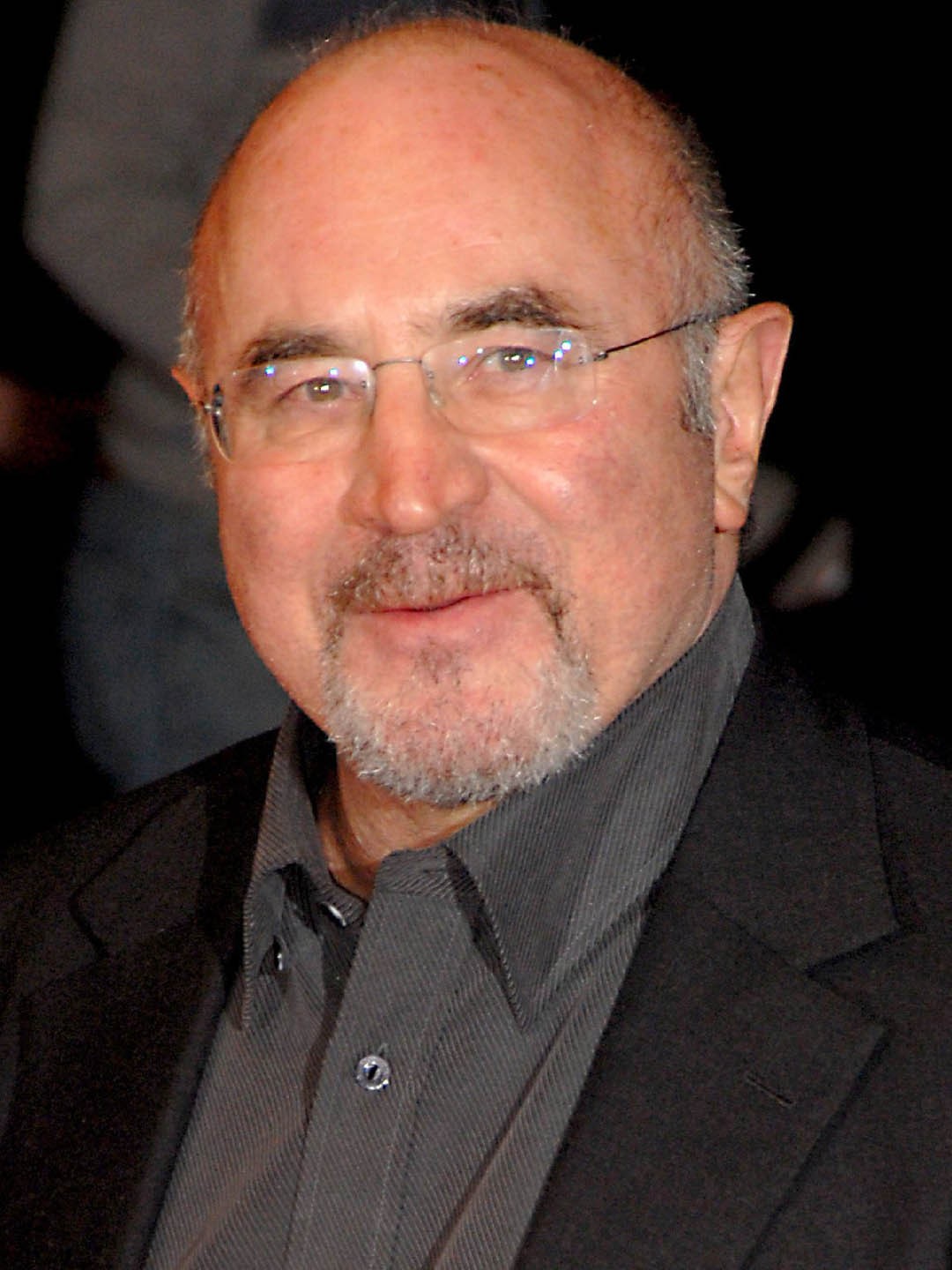
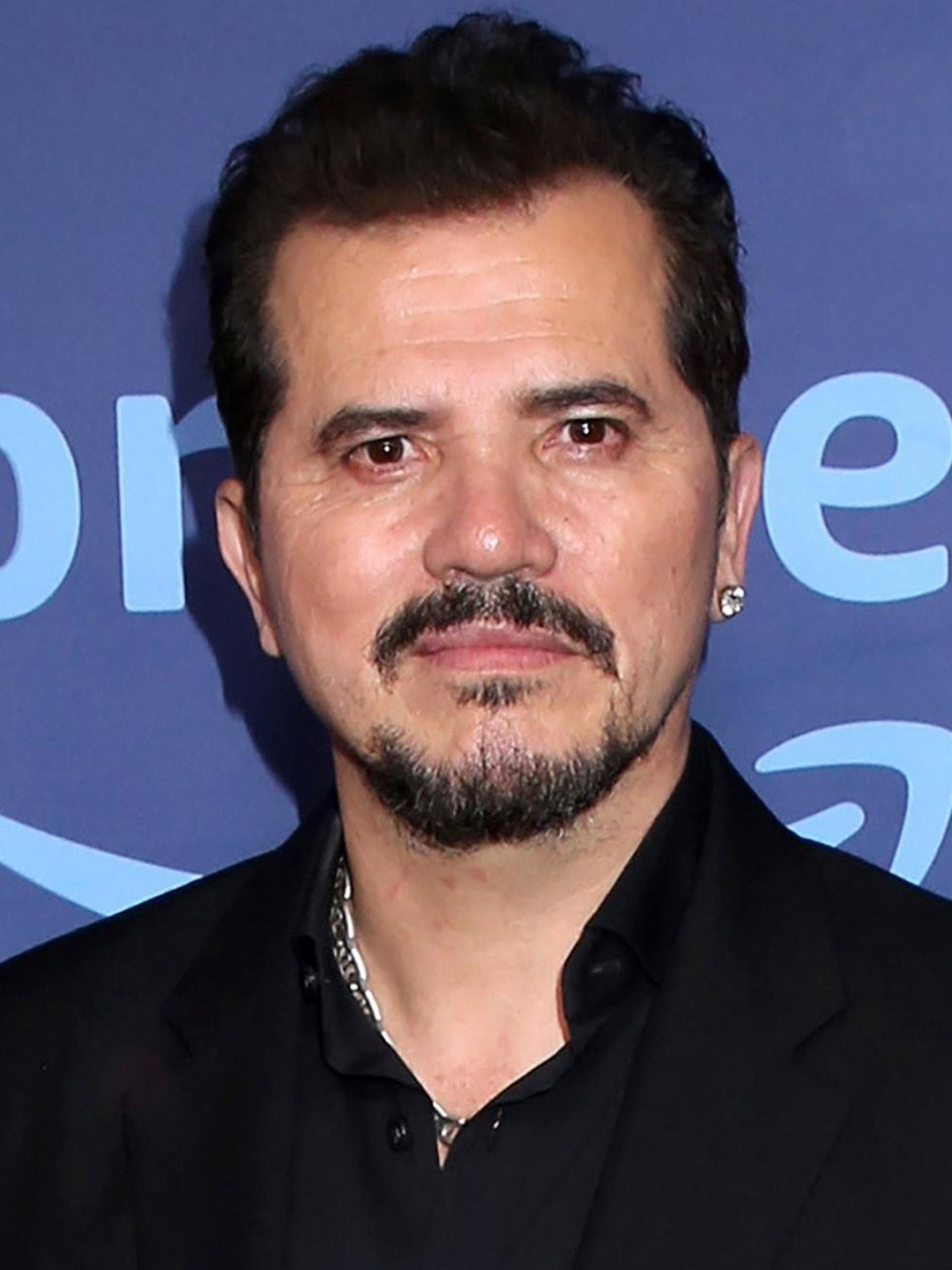
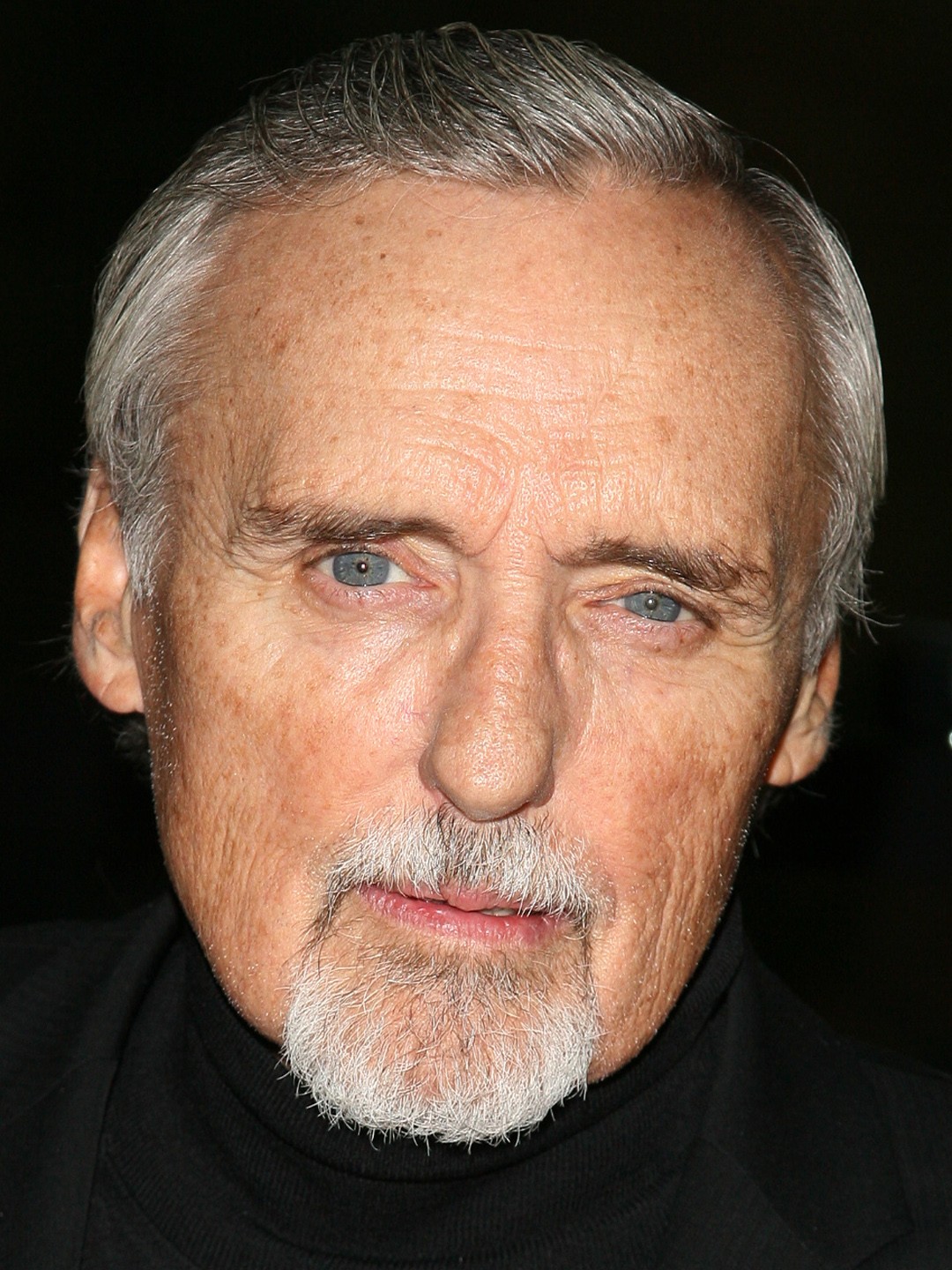

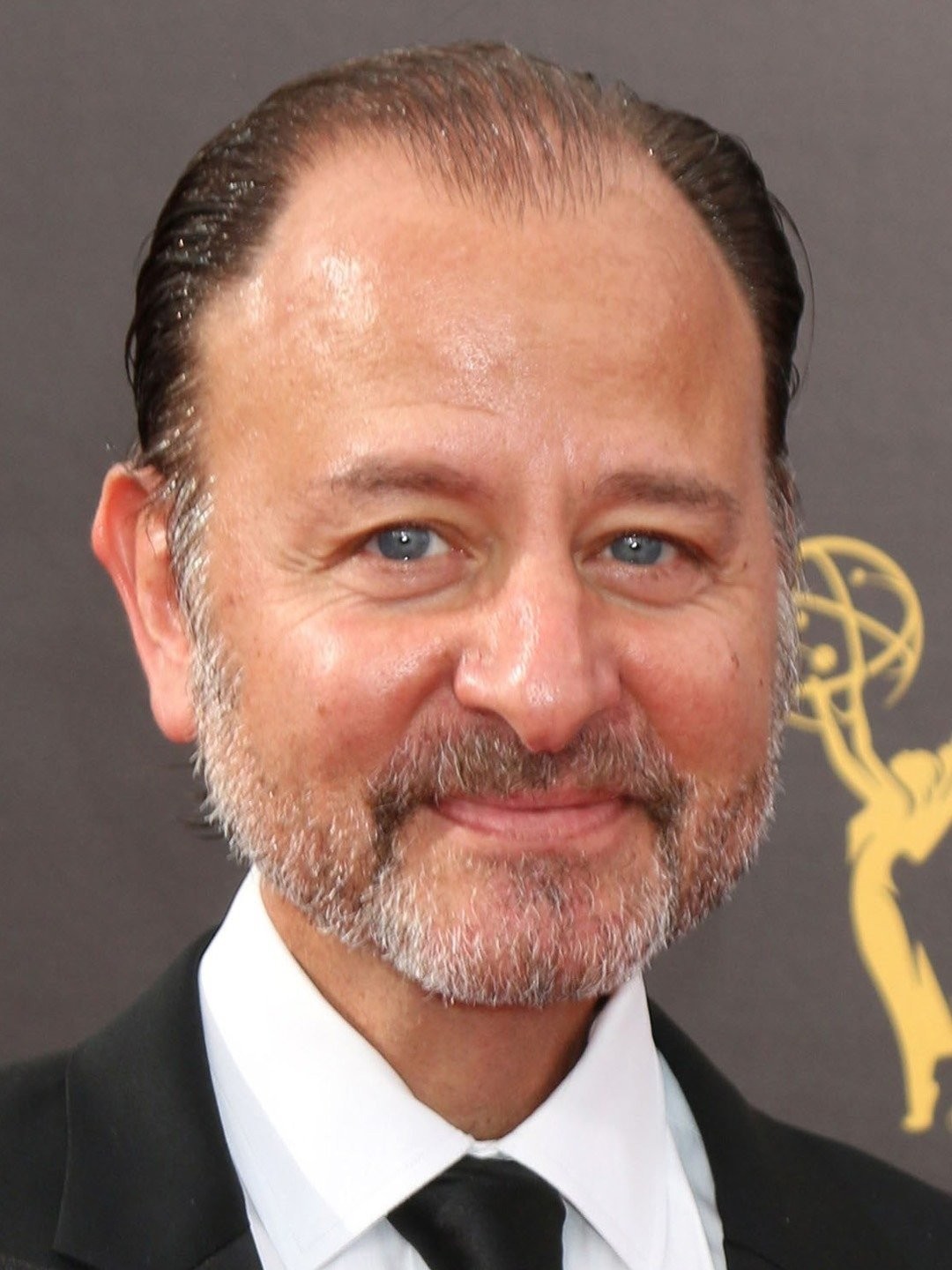

The cast of Super Mario Bros. includes many talented and recognizable faces, such as Bob Hoskins (Who Framed Roger Rabbit), John Leguizamo (Encanto), Dennis Hopper (Waterworld), Fiona Shaw (Killing Eve), and Fisher Stevens (The Blacklist), as well as a brief cameo by Lance Henriksen (Aliens).



The talent extends behind-the-scenes as well, with a screenplay by Ed Solomon (Bill & Ted's Excellent Adventure), a score by Alan Silvestri (Back to the Future), and production design by David Snyder (Blade Runner).
Soundtrack
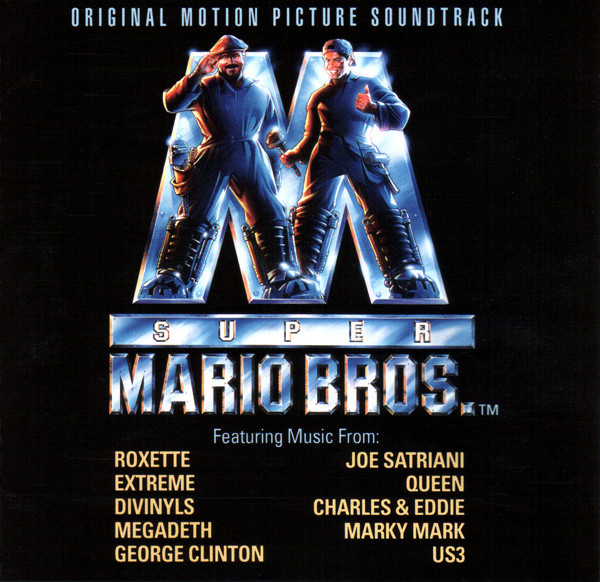

Divinyls, Charles & Eddie, George Clinton, Roxette, Marky Mark, Joe Satriani, Queen...sure, this isn't Koji Kondo's Greatest Hits, but it's still a pretty rocking soundtrack. Enough said.
Understanding the Frontier Days of Video Game Adaptations...
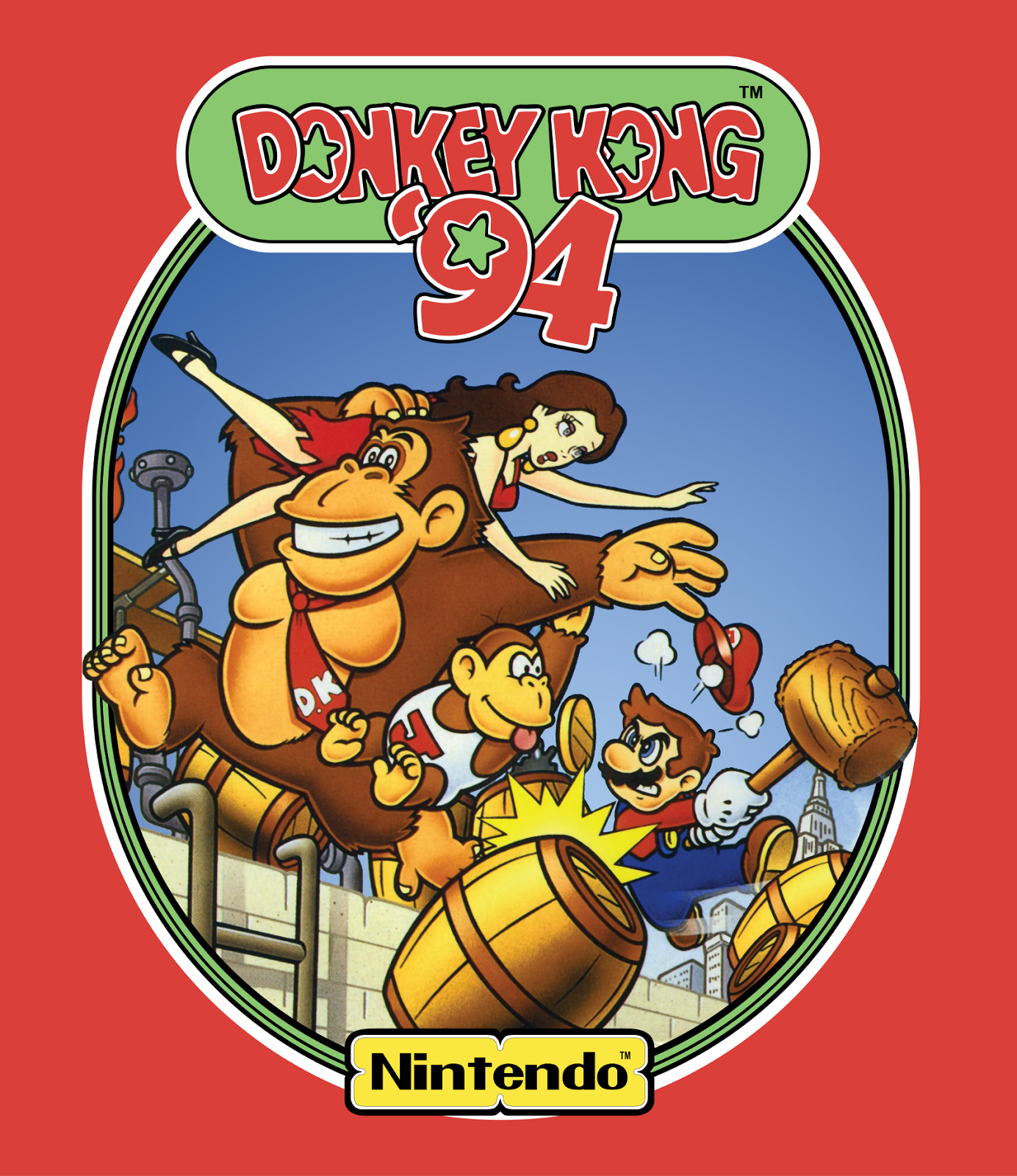
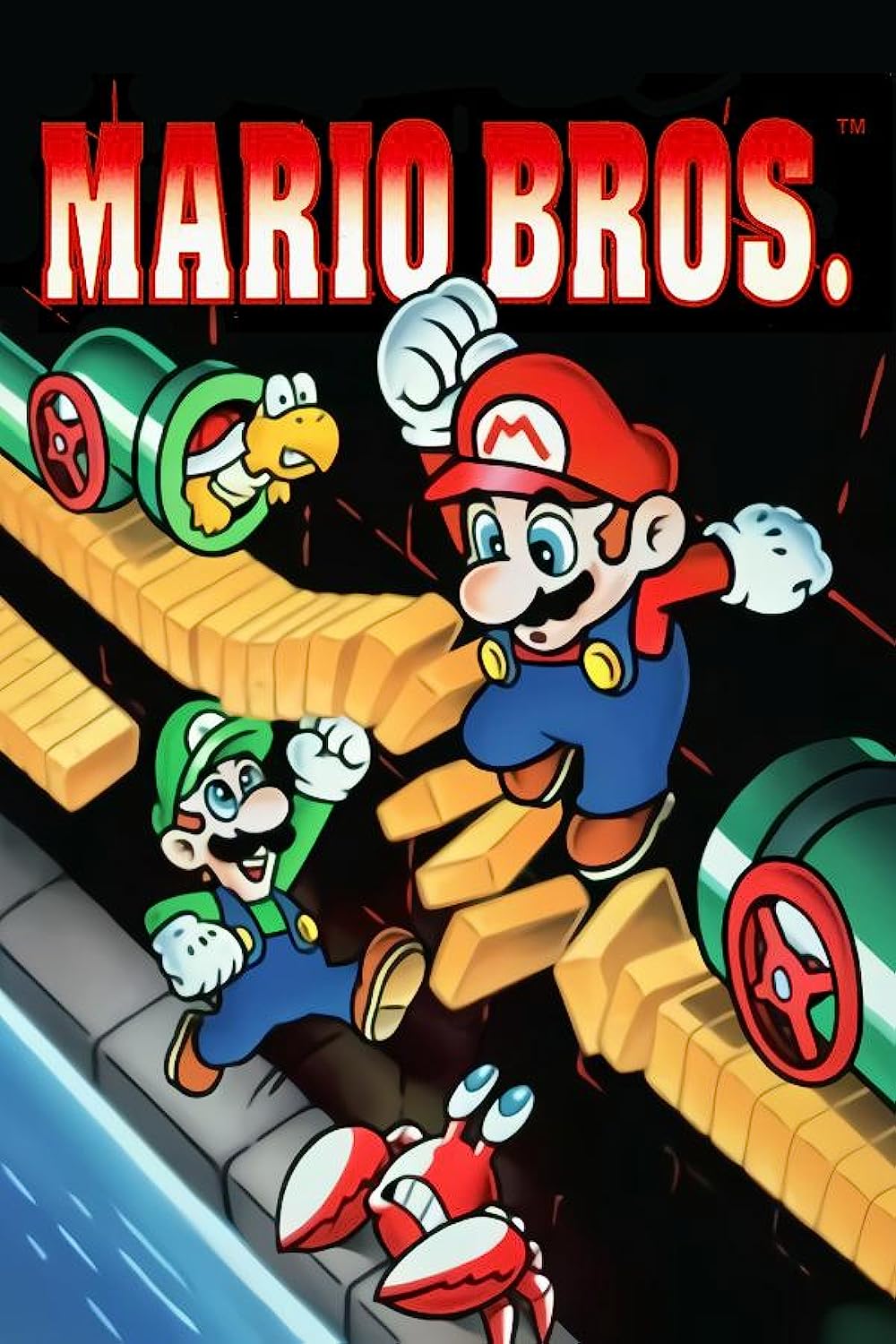

To anyone born around or after A.D. 2000, early video game adaptations may seem as weird and foreign as the "ancient" practice of blowing air into video game cartridges to make them work (FYI: it was to remove dust from the cartridges' connectors, when the games wouldn't start). Before casting 21st century judgment on a bygone era, however, try to understand that the world of gaming was a very different place during the 1980s and 1990s. Hollywood writers didn't have access to mountains of video game sequels, prequels, spin-offs, remakes, reboots, remasters, etc, to mine their way through for suitable content. Many of these famous franchises, which some of you younger readers may have grown up with in the 2000s or 2010s, only had one or two installments back then. At the time, there weren't any hardcover compendiums chockfull of concept art, designer interviews, or intricate lore for authenticity's sake. When Super Mario Bros. was released in 1993, there wasn't much world-building or lore surrounding Mario. His entire backstory, up to that point, was that he was an Italian-American plumber from Brooklyn, New York, who had a couple of run-ins with a big ape followed by a stint ridding the sewers of New York City of pests before finally winding up in the Mushroom Kingdom. That was it. As such, writing a movie about a gruff, middle-aged, blue-collar New Yorker who stomps on turtles and jumps over pits to rescue the princess of a parallel universe would definitely require creative liberties to be greenlit by Hollywood studios in those days.
Comparing Premises



The premise of the original 1985 Super Mario Bros. video game is that Bowser and his tribe of evil turtles, the Koopas, invade the Mushroom Kingdom, overthrow the Mushroom King, and use black magic to transform the Mushroom People into bricks, stones, and horsehair plants. Bowser then locks up the Mushroom King's daughter, Princess Toadstool, as she's the only one with the power to free her people. Mario catches wind of the Mushroom Kingdom's plight and vows to defeat Bowser and save Princess Toadstool. This premise remains mostly intact in the 1993 film adaptation, in which the tyrant, President Koopa, invades Dinohattan, overthrows its King, and transforms any dissidents into brainless, hulking monstrosities. President Koopa then locks up the King's daughter, Princess Daisy, as she's the only one with the power to merge dimensions. Mario accidentally stumbles into this mess and reluctantly agrees to set things right, despite his strong scepticism over his parallel universe predicament.
Addressing the Elephant in the Room...
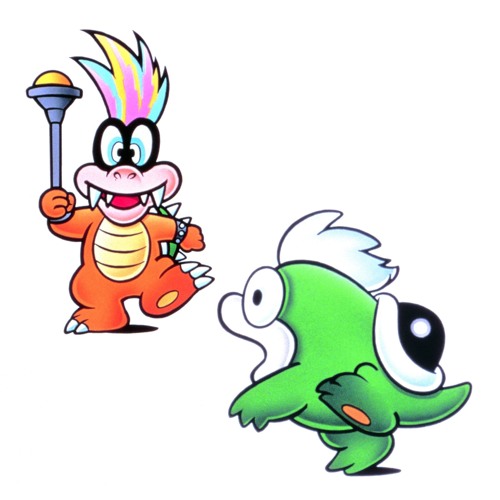
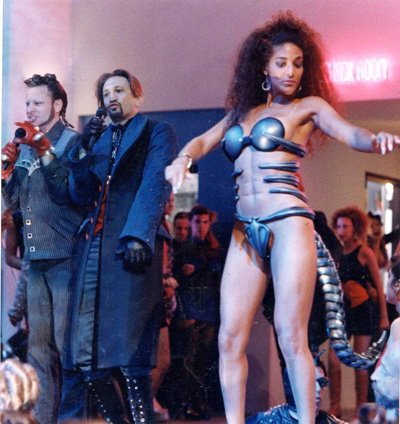

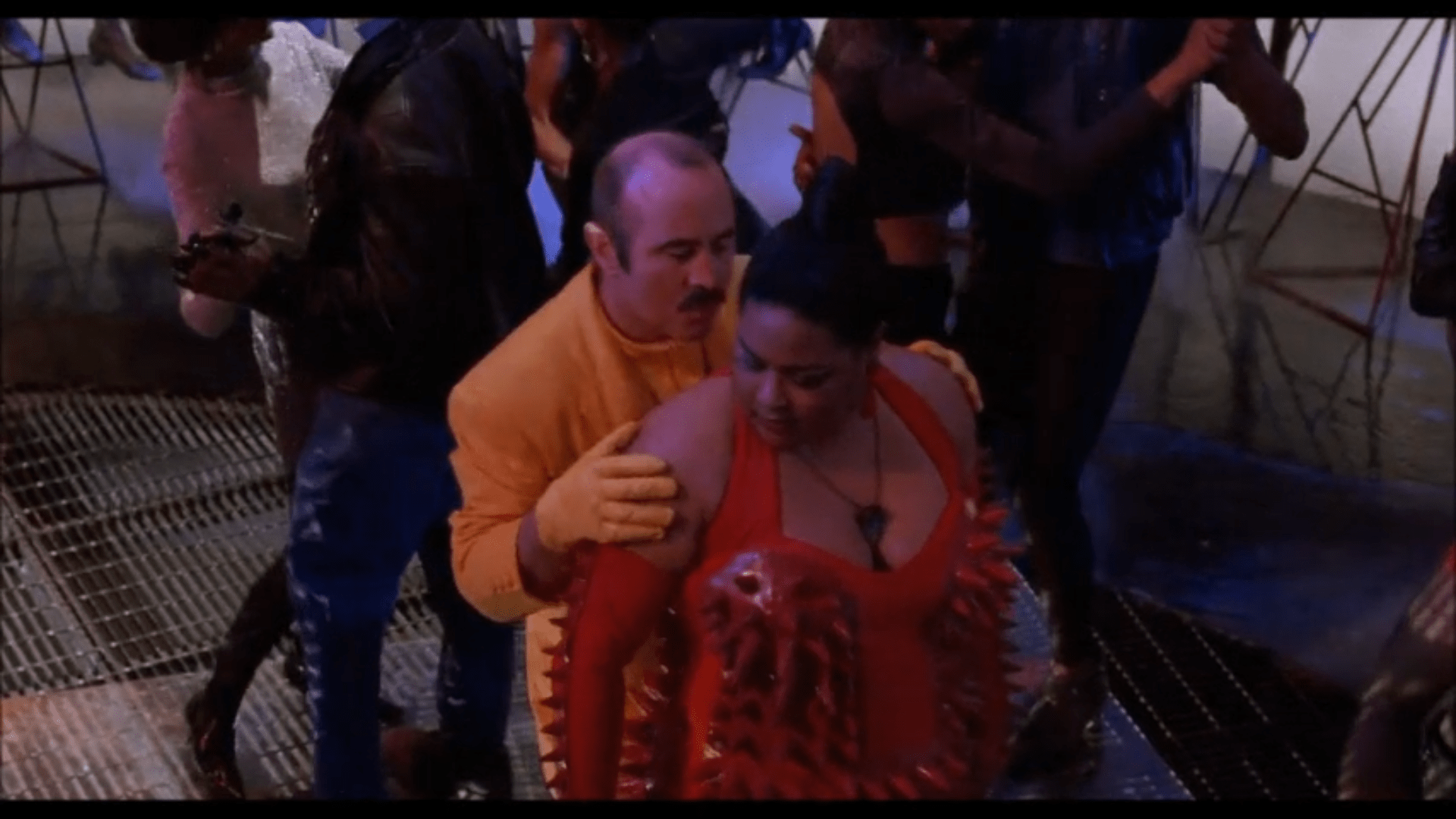
Hollywood is notorious for all the changes they make in their adaptations of works from other mediums or real world events. There's no doubt this can be very frustrating for anyone familiar with the original narratives or historical events. I've felt this way many times myself, so I totally understand and respect those who feel the same way about the original 1993 Super Mario Bros. movie. There's no denying the filmmakers' many deviations from the source material, especially where certain characters are concerned. For example, Iggy and Spike went from being a boss and an enemy, respectively, to the self-proclaimed "Super Koopa Cousins", a pair of idiots-turned-geniuses who serve as the movie's comic relief. Big Bertha, another enemy, was changed from a giant Mario-eating Cheep Cheep to a corpulent nightclub bouncer with a different sort of "hunger" for Mario.


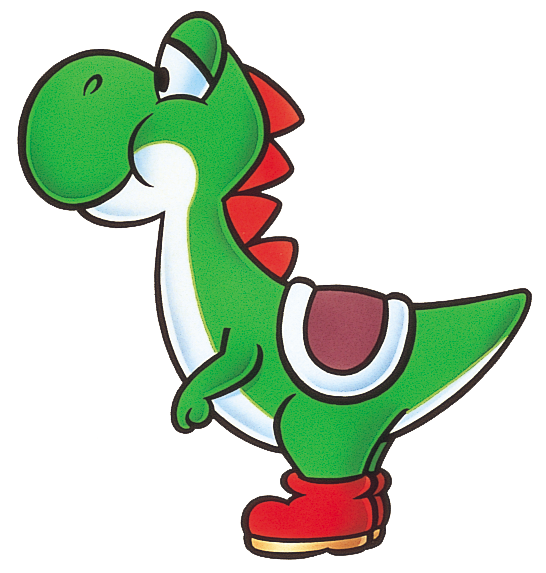
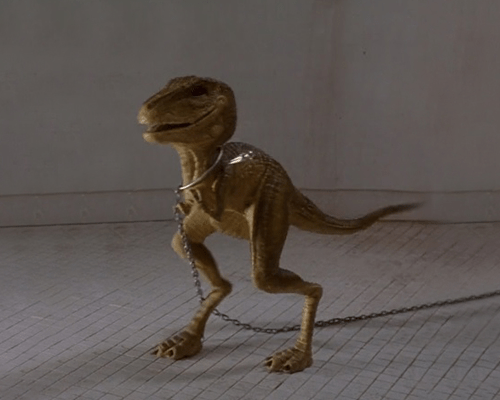
Toad was transformed from the Princess's diminutive, loyal mushroom retainer to a protest singer, who then gets transformed into a brainless, hulking monstrosity. Yoshi remains a dinosaur, though now resembling a realistic Jurassic Park reject who's much too tiny and primal to ride, though he does use his long tongue to attack Lena, one of the film's villains. That much the filmmakers got right.
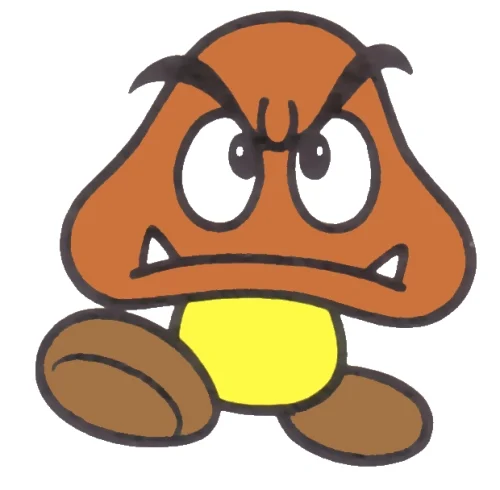
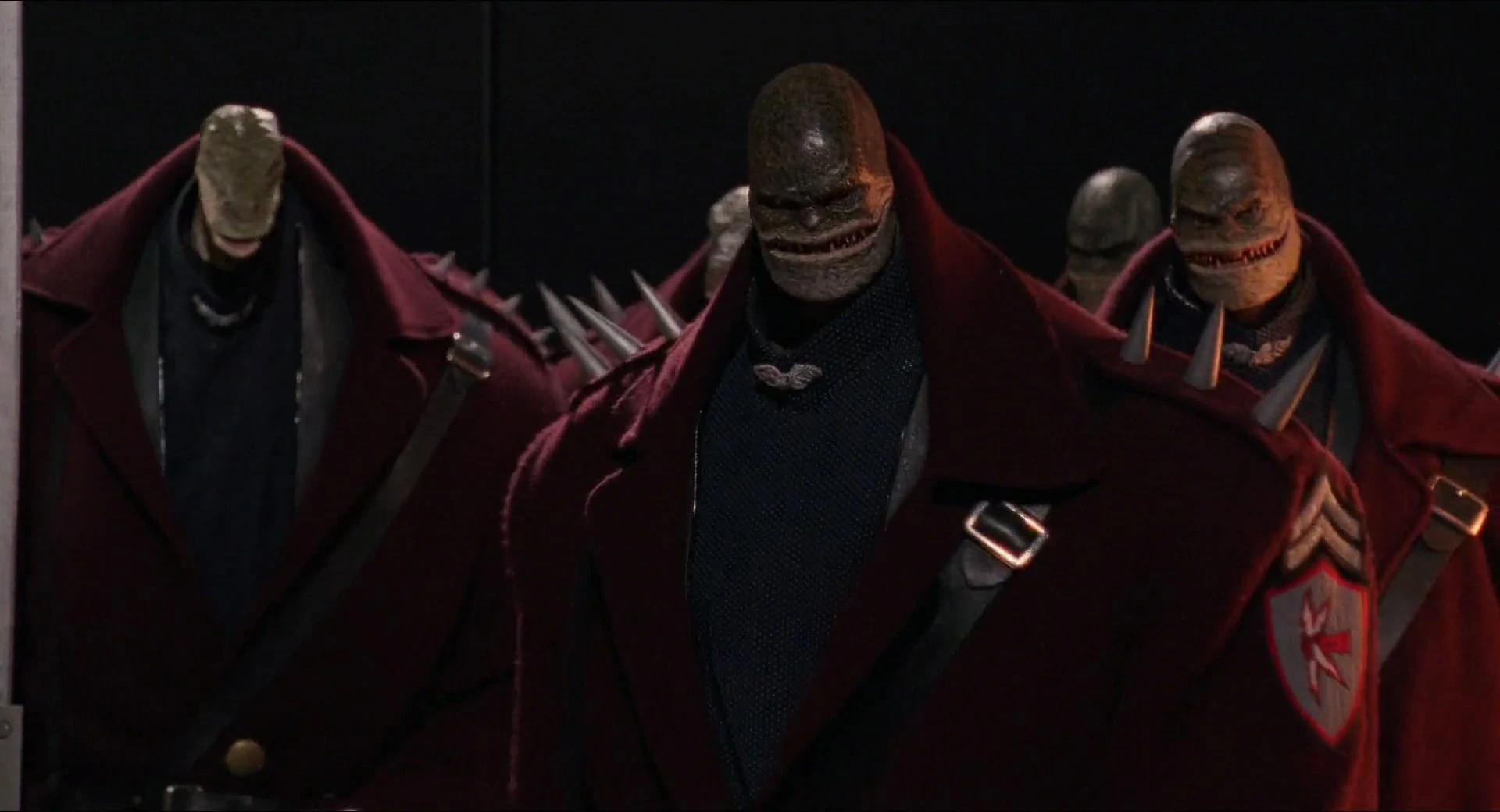
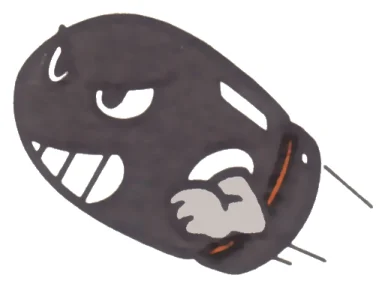
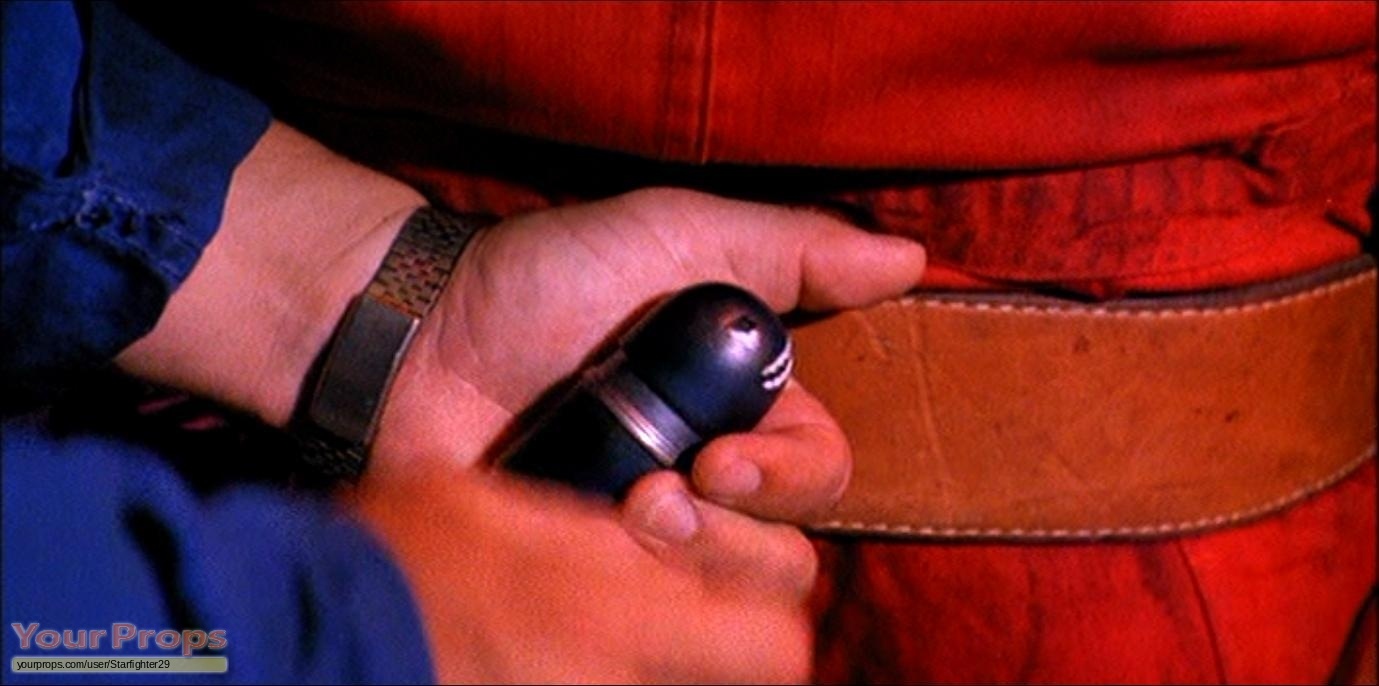
Goombas, the traitorous little mushrooms from the games, are reimagined as the brainless, hulking monstrosities Toad gets transformed into, who also happen to love dancing to Somewhere, My Love from Doctor Zhivago. Bullet Bills are no longer overgrown homing missiles gunning for Mario, but rather tiny cartridges that power the Thwomp Stomper boots, though with a video game-accurate appearance. Again, the filmmakers didn't totally miss the mark.
Video Game References

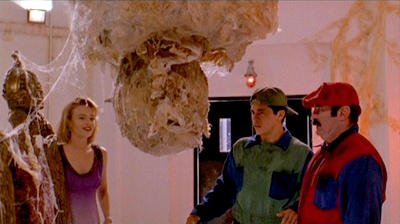


Despite all the creative liberties, the filmmakers didn't completely ditch the source material. For example, the King being transformed into fungus is taken directly from Super Mario Bros. 3, in which the various Kings get transformed into different animals. In terms of appearance and function, the movie's Bob-omb is a spot-on representation of its video game counterpart, right down to the clockwork wind-up key, lit fuse, and panic that ensues once it begins walking.

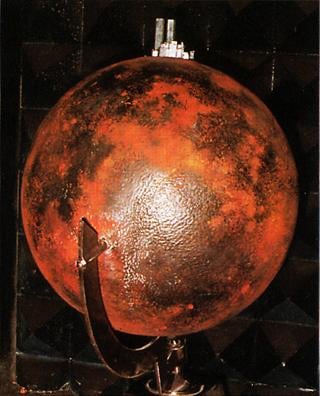

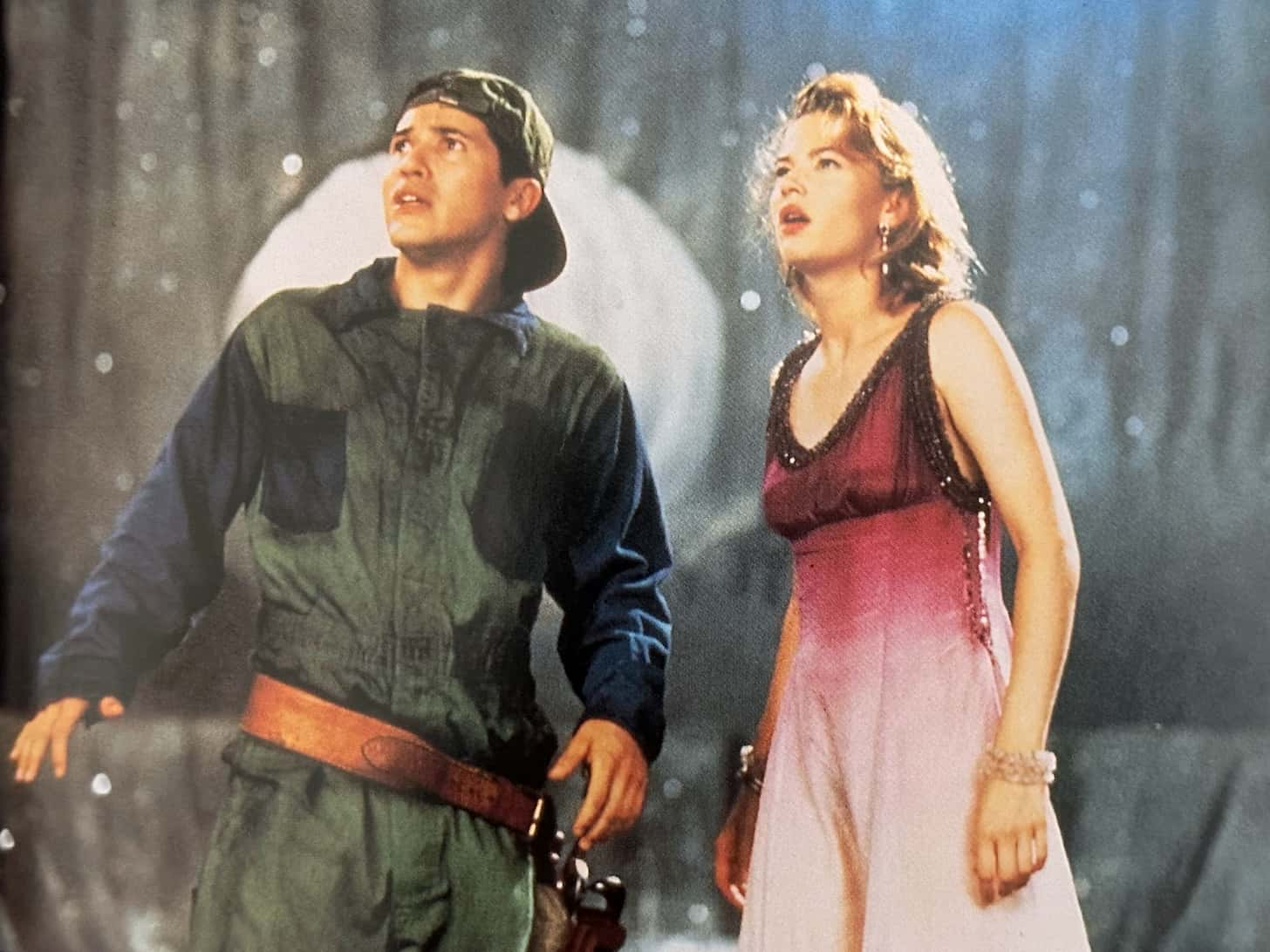
The film's dinosaur-centric cyberpunk setting is inspired by Dinosaur Land from Super Mario World. Luigi and Daisy's pairing as a romantic couple is a clever reference to NES Open Tournament Golf, in which Daisy serves as Luigi's caddy and presumable girlfriend.
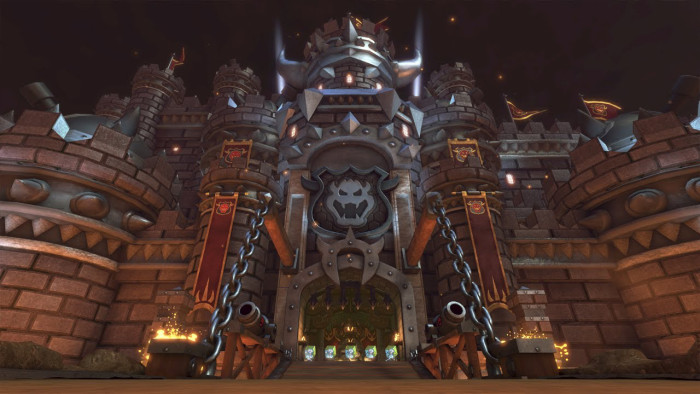
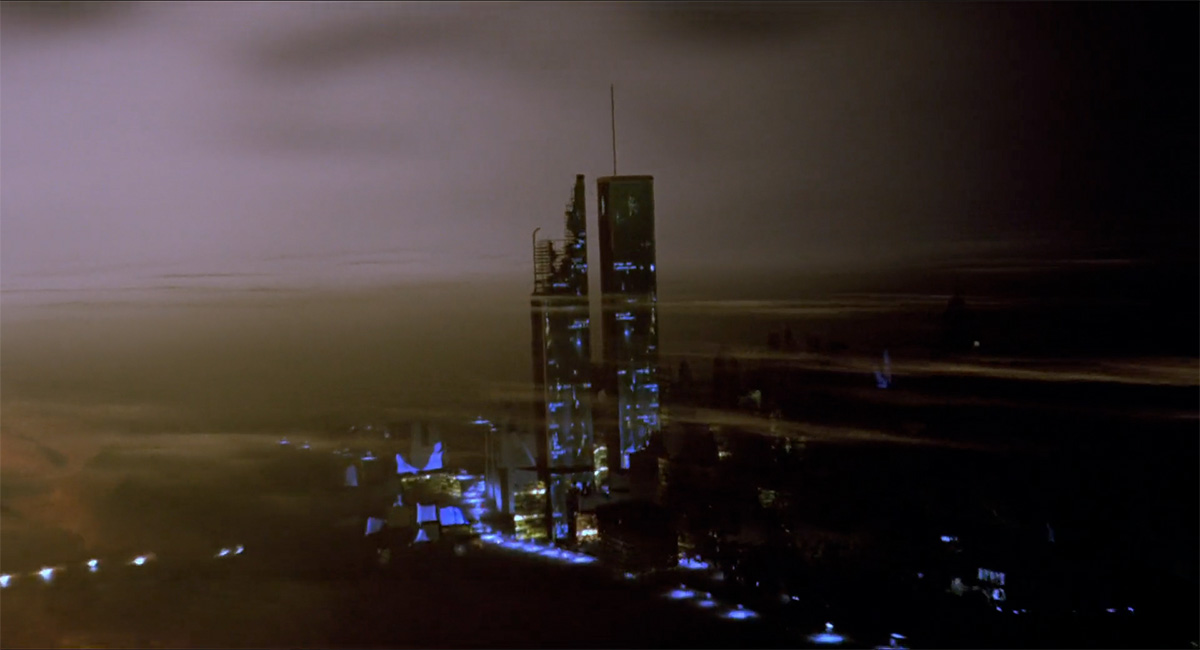
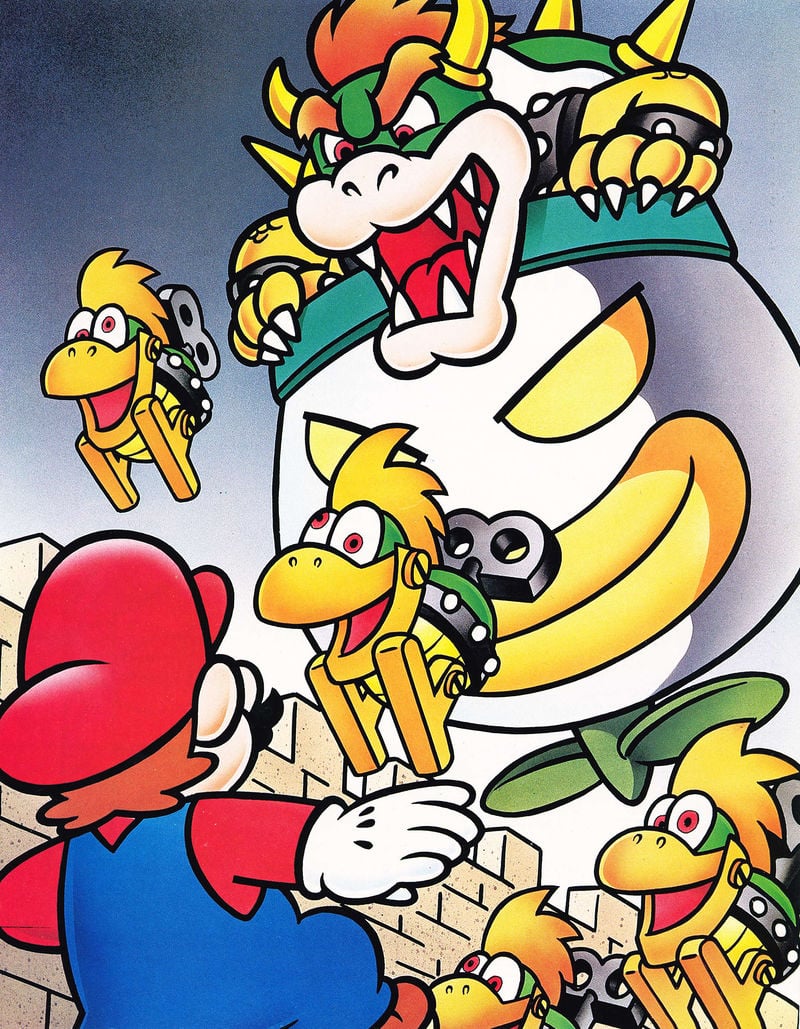
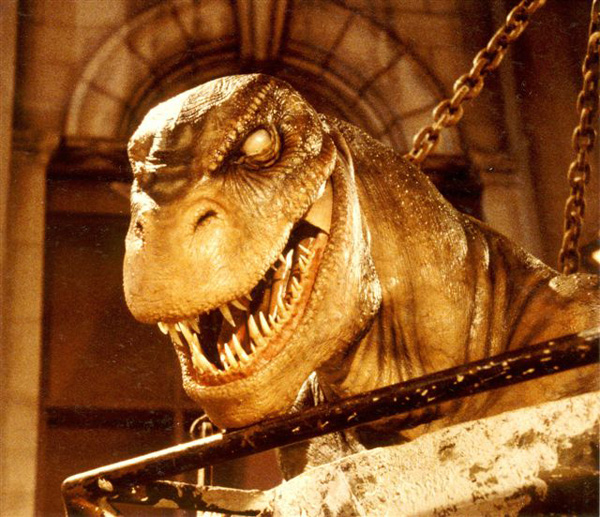
Bowser's Castle is reimagined as a parallel universe version of the World Trade Center, which is a cool touch, in my opinion. The climactic jump scare of the Koopa Creature emerging from a suspended bucket pays homage to the final boss battle from Super Mario World, in which Bowser emerges from his Koopa Clown Car in similar fashion.
Easter Eggs



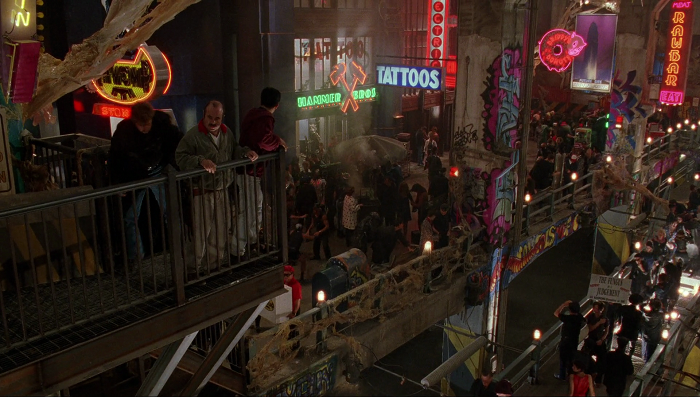
The movie contains some pretty cool Easter eggs to look out for, such as all the neon signs in the background advertising businesses and products named after enemies from the games, like the Boom Boom Bar or the Hammer Bros. Tattoo Studio.
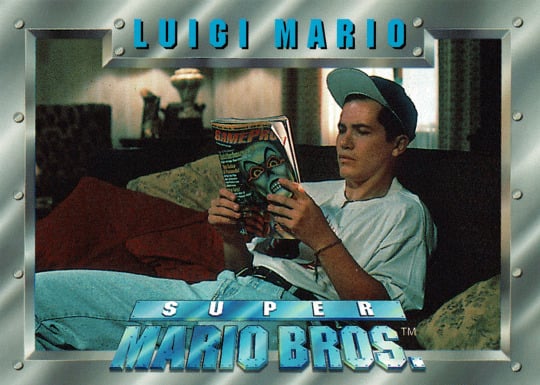
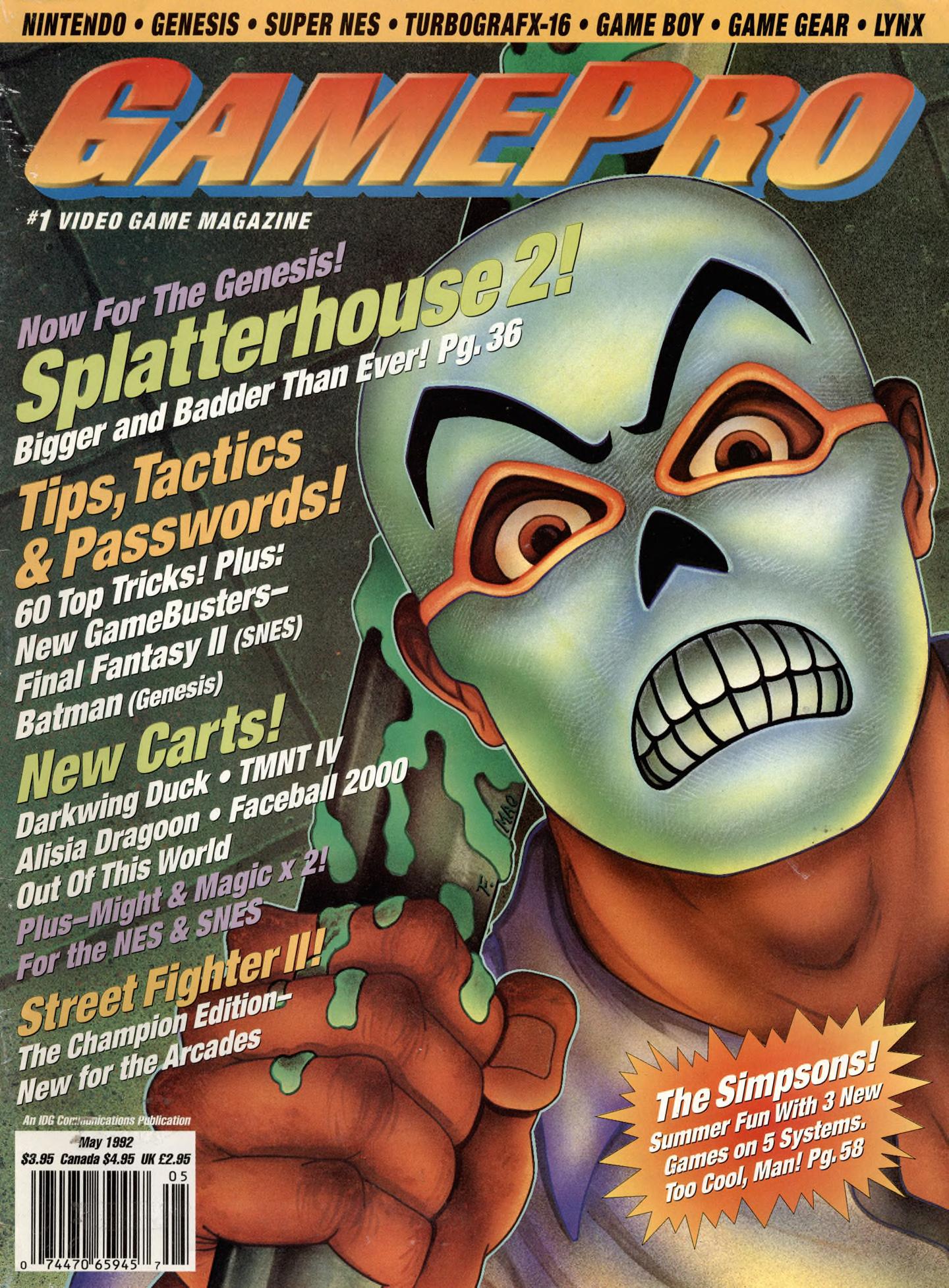
There's also brief shot of Luigi reading the May 1992 issue of GamePro magazine, which breaks the fourth wall due to the publication's history of reviewing many Mario games over the years.
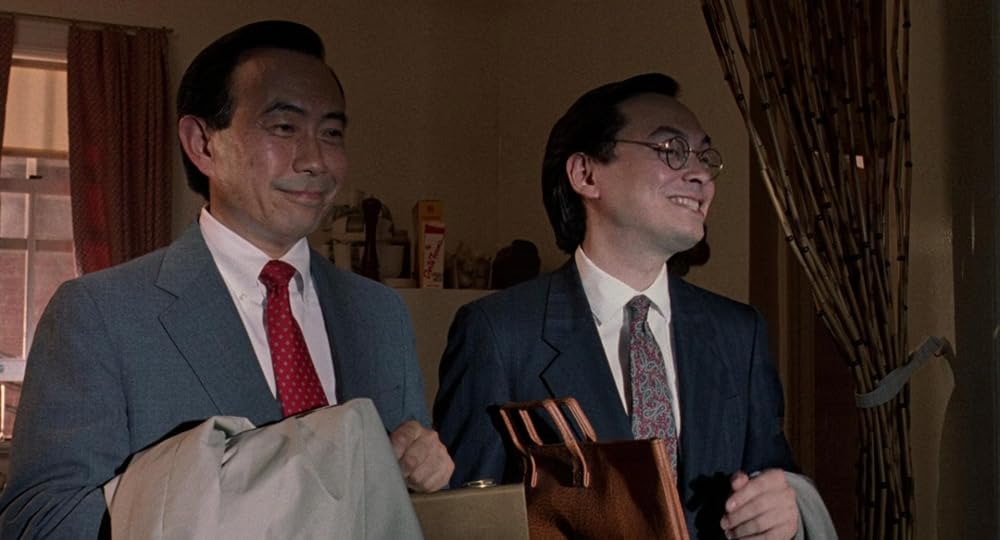
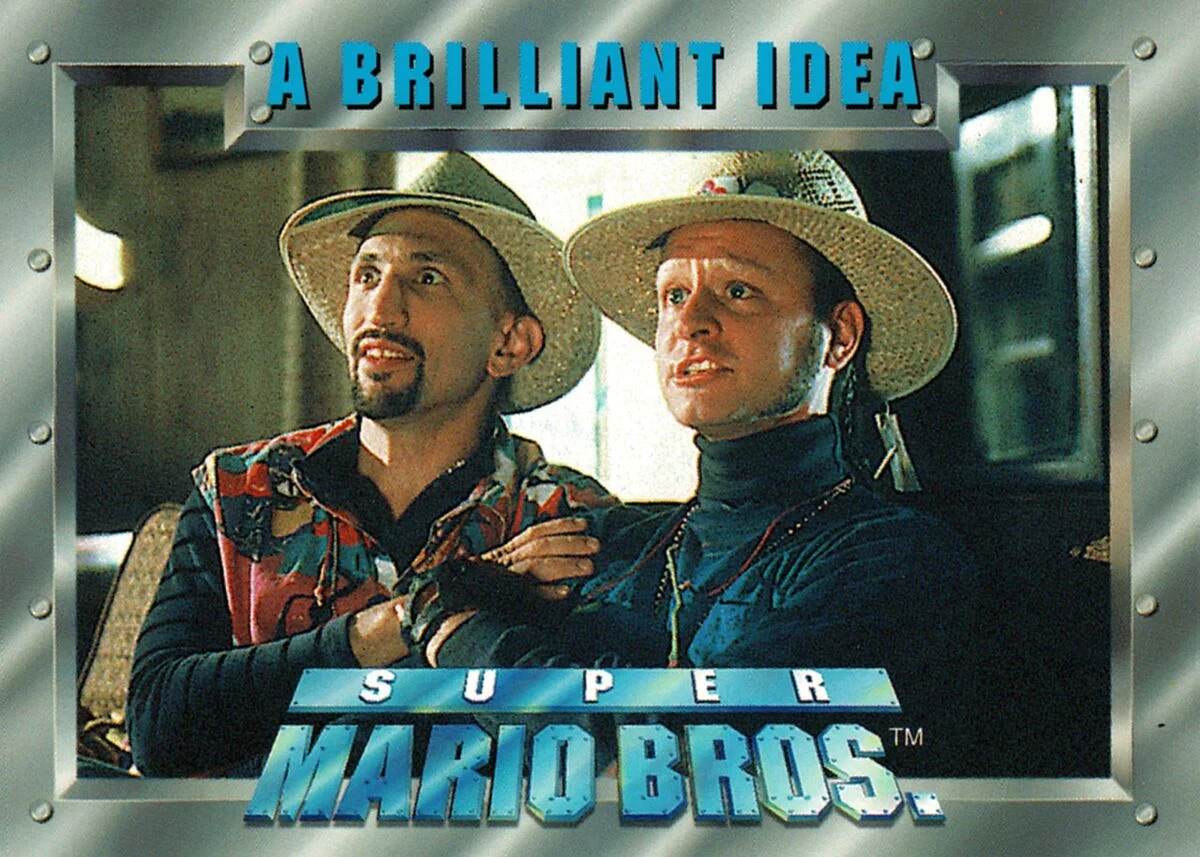
Speaking of breaking the fourth wall, the post-credits scene humorously addresses the differences between the video game and movie: a pair of Japanese businessmen, who saw Mario and Luigi's exploits on the news, and wish to offer them a video game adaptation based on their many adventures. Unfortunately for these two Nintendo executives, they've mistaken Iggy and Spike for Mario and Luigi. Nintendo? More like Nintend'oh! So, there you have it: the video games were loosely based on the "true" events of the movie in this standalone cinematic universe.
Super Mario Bros: The Morton Jankel Cut
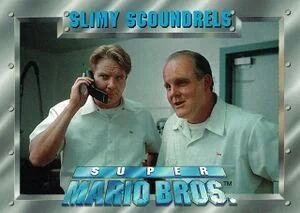
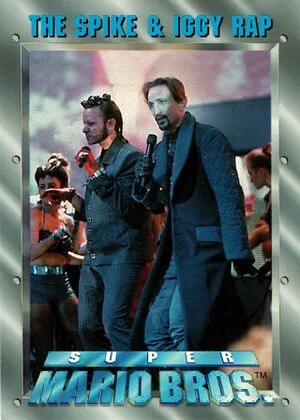
Lastly, I'd like to draw attention to Super Mario Bros: The Morton Jankel Cut, which is the definitive version of the movie, in my opinion. Several minutes of previously cut footage have been restored, expanding character development and resolving subplots that were left hanging in the theatrical release. Best of all, Super Mario Bros: The Morton Jankel Cut is free to watch on the Internet Archive. So, what are you waiting for? Grab some popcorn and trust the fungus!

And that's a wrap! I hope you all enjoyed this read, regardless of your thoughts on the original 1993 Super Mario Bros. movie. The point of this exercise wasn't to change your minds about the flick, but to simply analyze it fairly and provide a bit of context on the many changes from the video game. I believe in the philosophy of "different strokes for different folks". To me, a movie is only "bad" if you don't enjoy it, and I'll always trust the fungus! If any of you wish to learn more about the film, the Super Mario Bros. The Movie Archive has you covered. Until next time, everybody, do the Mario!